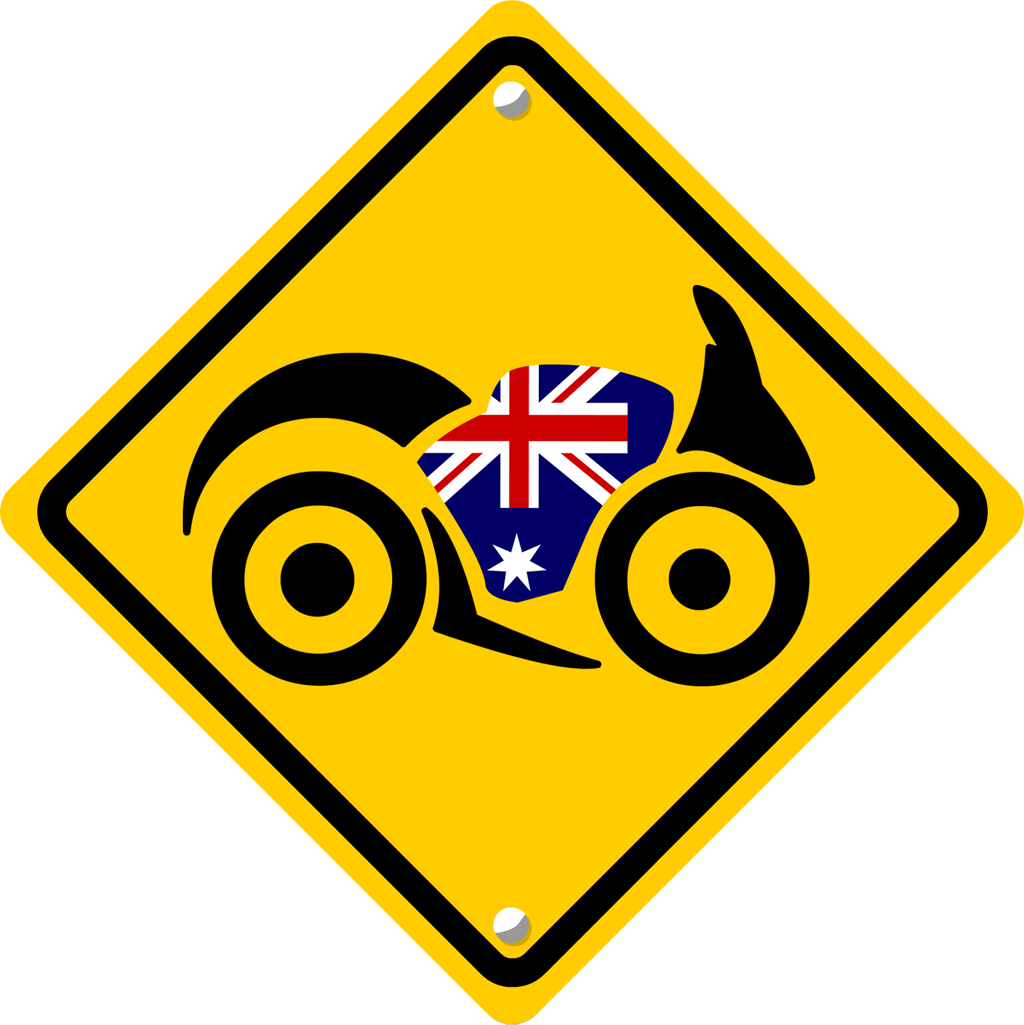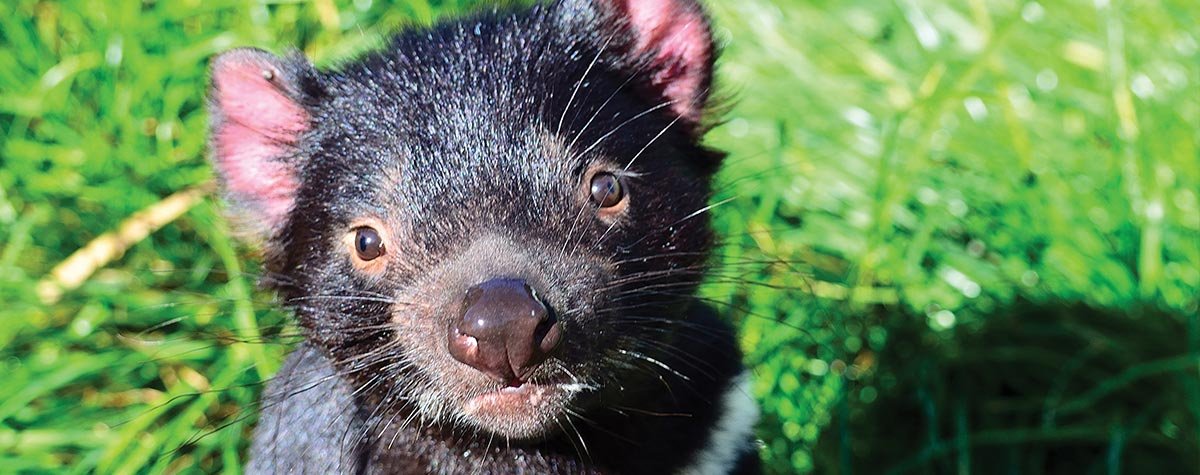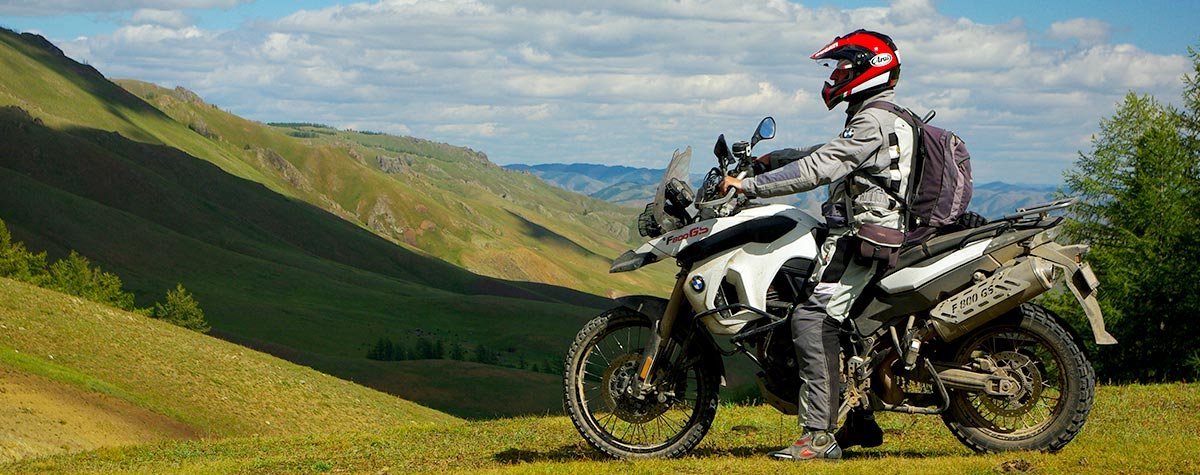ADVICE AND INFORMATION
Whilst we don't claim to have visited absolutely every inch of Australia, we've seen more than our fair share. We've ridden the highways, rattled along the tracks, powered through the deserts, ranged up the mountains, slipped through the valleys and roamed deep into the Outback.
The information provided here is intended to give you some knowledge to help you stay safe in country, a bit of background to main states and we've also aimed to explain some of the more potentially confusing aspects of hiring a bike in Australia.

MORE ADVICE AND INFORMATION
-
GENERAL ADVICE
-
BIKE SETUP
-
DOCUMENTS
-
INSURANCE
-
SECURITY BOND & EXCESS EXPLAINED
-
GPS, SAT-NAV AND DIGITAL MAPS
-
SELF-GUIDED TOUR NAVIGATION
-
LUGGAGE TRANSPORT
-
BREAKDOWNS & SERVICE PLEDGE
-
CANCELLATION POLICY EXPLAINED
-
OTHER FEES, TOLLS, FINES ETC.
-
BOOKING TERMS & CONDITIONS
STATE GUIDES
-
STATE GUIDE:
NEW SOUTH WALES
-
STATE GUIDE:
VICTORIA
-
STATE GUIDE:
QUEENSLAND
-
STATE GUIDE:
WESTERN AUSTRALIA
-
STATE GUIDE:
SOUTH AUSTRALIA
-
STATE GUIDE:
TASMANIA
-
STATE GUIDE:
NORTHERN TERRITORY
STATE GUIDE: TASMANIA
Separated from mainland Australia by the 240 km stretch of the Bass Strait, Tasmania has specatular mountains, incredible coastal scenery and superb biking roads. Everyone that visits loves the place and for good reason – it’s unexpectedly beautiful and for the most part lacks the commercialised feel that tourism can bring.
It is different from the rest of Australia but almost a collection of everything available on the mainland in a more compact and manageable form. The people display that traditional quirkiness of an island state, while embodying the ‘friendly Aussie’ image. The climate is generally very agreeable, although somewhat more fickle than that of mainland Australia and definitely much cooler in Winter. Late Spring to early Autumn is the best time to visit. Whenever you go though, take your waterproofs just in case!




Tasmania is located off the south-east corner of mainland Australia. You can’t get much further south without a boat or plane; next stop south is Antarctica, 2,000 km away. Travel down to the South East Cape, pitch your tent at Cockle Creek and walk to Whale Head. Peering south you can almost imagine the chilly form of Antarctica lurking over the horizon.
A natural island – a land of dramatic coastlines, rugged mountains, tall forests and sparkling highland lakes. Over a third of the state is reserved in a network of National Parks and the Tasmanian Wilderness World Heritage Area, a refuge and habitat for rare plants and animals, many of which are not found on the mainland. Of course the most famous of these is the Tasmanian Devil which, if you’re lucky, you may be able to spot in the wild.


The European heritage on the island dates back to the early 1800s, while Tasmanian Aboriginals first reached here 40,000 years ago. The European influence is easily identifiable in the many towns and villages scattered around the countryside. Place names familiar to any European abound in Tasmania, and the architecture of most towns displays a distinctly British flavour.
Most people arrive on the island at Devonport on the north coast. This is the main ferry terminal, so chances are you’ll be leaving from there as well. West of Devonport lies the main coastal route along the northern edge of the island, heading towards the west coast. Little fishing villages have given way to a more industrialised feel, echoed across most of the north coast. Stanley and ‘the nut’ lie close to the far western edge of the north coast and 50km on from there the bitumen ends and the real fun begins.


The west coast of Tasmania is largely ignored by visitors, but this is definitely a mistake. If you don’t mind riding on gravel and the occasional patch of sand, then the west coast offers some of the most breathtaking scenery on the island. Rugged, windswept beaches, rolling, sparsely vegetated hills and deep pine-forested valleys, all blend together to result in a magical ride through the Arthur Pieman Conservation Area. The final act of which is to cross the Pieman River, on the famous (and somewhat odd) ‘Fatman’.
If you aren’t keen on the gravel then take the tarmac road to the South Western region of Tasmania. It is almost entirely National Park, a combination of the Franklin – Gordon Wild Rivers National Park, and the Southwest National Park. The region is now designated a world heritage area. The more traditional Australian ‘bush’, gives way to a pine-dominated landscape in the highlands around Strathgordon and Maydena. The route from New Norfolk to the Gordon Dam, just west of Strathgordon is the only road in the entire region. The rest of the park is only accessible by foot or from the air. The Gordon Dam itself, while being controversial at the time, is a truly spectacular feat of engineering; and the surrounding region is well worth a few days exploration.


South-eastern Tasmania is the area more often visited by the tourist crowds. Hobart, Bruny Island and the Tasman Peninsula are all big draws.
Hobart lies in the south-east of the state, near the mouth of the Derwent River at the foot of Mount Wellington. The 19th century waterfront warehouses for which the city is famous once bustled with whalers, soldiers, petty bureaucrats and opportunist businessmen. Now you are more likely to find yourself in cafes, restaurants and studios, bustling with shoppers and visitors.
It is a vibrant and intriguing city, with some great restaurants, fascinating galleries and museums and the brilliant Salamanca Markets; home to Hobart’s busy arts scene. Definitely the most interesting city on Tasmania, although the residents of Launceston just to the north would probably hotly dispute that!


The Tasman Peninsula to the east of Hobart is home to Port Arthur, infamous penitentiary, notorious experiment in rehabilitation, and now famous tourist attraction. Port Arthur is an interesting glimpse into the lives of some of the ‘worst’ convicts ever to be transported to Australia. Whether or not you would class stealing a loaf of bread as a crime worthy of deportation, is a matter for you to decide. Some of the sentences handed down, definitely do not match the crime! The organized tours are informative and the site itself is definitely worth exploring.
The eastern coastline of Tasmania is a far more sedate experience when compared to the rugged beauty of the western regions. Plenty of golden sandy beaches to enjoy, especially throughout the Bay of Fires Conservation Area. Wineglass Bay on the Freycinet Peninsula is a famous sandy cove, unsurprisingly shaped like a wineglass. The easy 45 minute walk to the lookout will give you a good overview of the bay and the two hour walk to the bay itself provides an ideal opportunity for a scenic picnic.


The central ‘highlands’ of Tasmania are home to what is arguably Tasmania’s biggest tourist attraction – Cradle Mountain. While certainly an imposing sight, Cradle Mountain and the tourist facilities that have sprouted up around it lend the whole region a slightly ‘theme park’ atmosphere. That’s not to say the scenery isn’t breathtaking, because it is, but as so much of the island is so wild and natural the commercialised side of things doesn’t fit so well.
It’s possible for those fit enough, to attempt the famous ‘Cradle Mountain Overland Track’. The track is a walking route stretching from the Cradle Mountain visitor centre in the north of the park, to Lake St Claire at the southern end. If you like the sound of that, make sure you book in advance, it gets very busy during the peak periods.


The central highlands including the Great Western Tiers Conservation Area, and the Central Plateau Conservation Area, are home to Tasmania’s great lakes. Lake Sorrell, Arthur’s Lake and the Great Lake. They are all great places to get out onto the water, or enjoy a spot of fishing. However, remember that this region is some way above sea level and it’s not unheard of to have snow, even in summer!
Camping is a great way to experience Tasmania’s natural environment, with a plethora of excellent camp sites available all over the island. Some of the bed and breakfast accommodation is excellent too with spectacular views from some over superb sandy bays and turquoise seas.
A wide variety of different landscapes crammed into an area not much larger than 60,000 square km and a population of fewer than 500,000, leaves a lot of wild Tasmania to explore. The roads twist and undulate constantly and it will take you longer to get to your destination than you expect as there’s plenty of places to stop and the great biking roads slow you down.
If you’ve considered Tasmania but were unsure then don’t hesitate – go for it. You won’t be dissappointed, I know I wasn’t!






